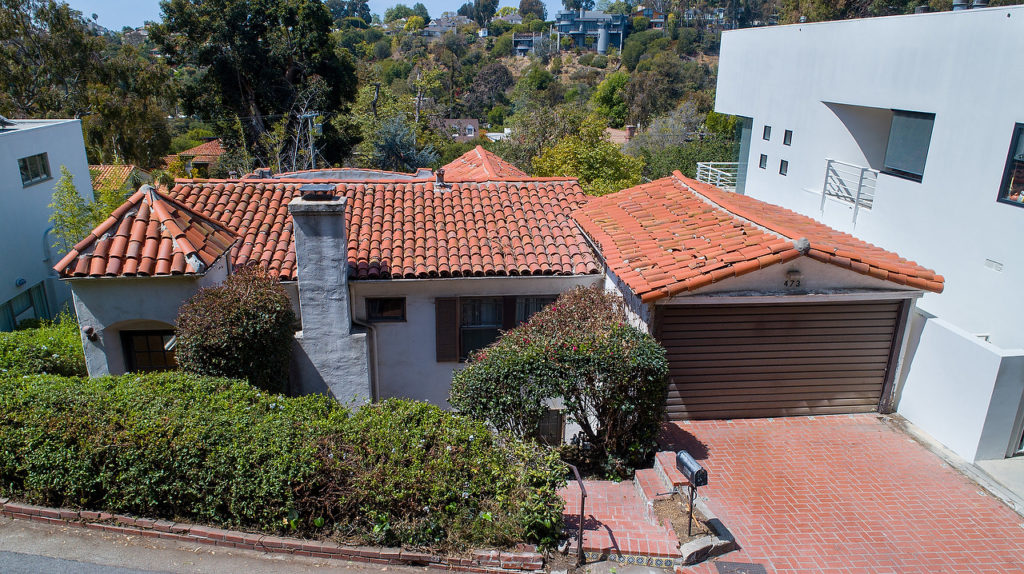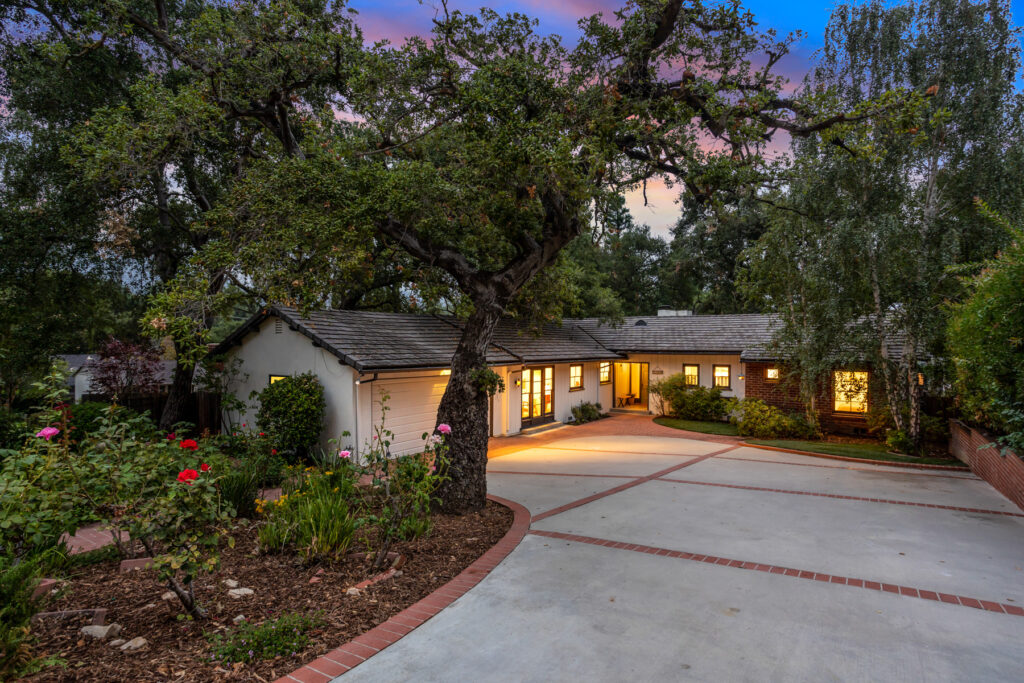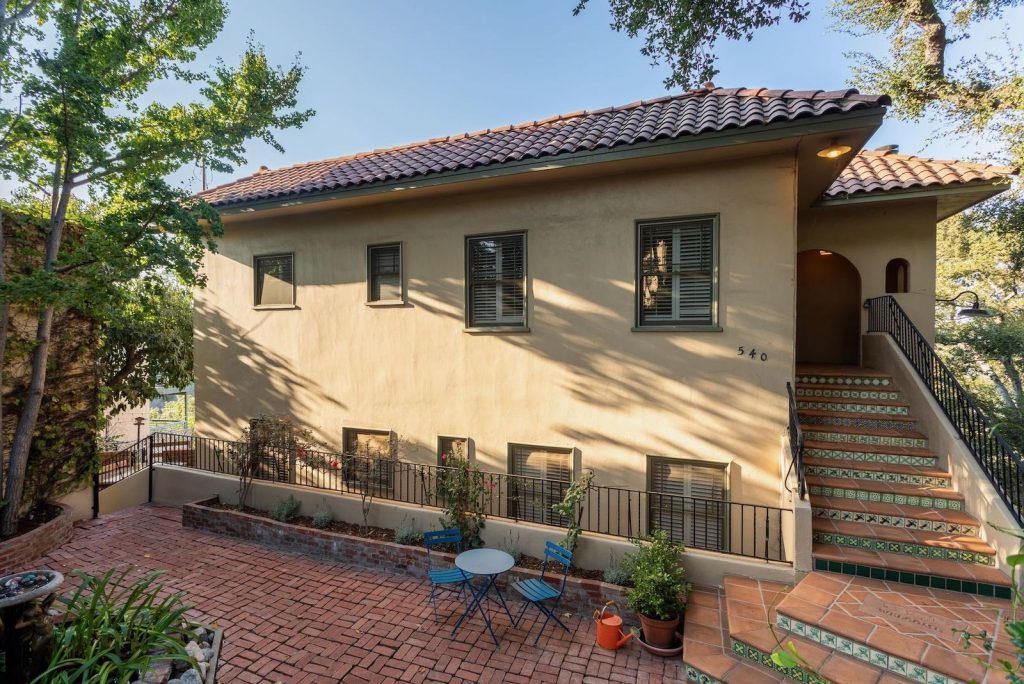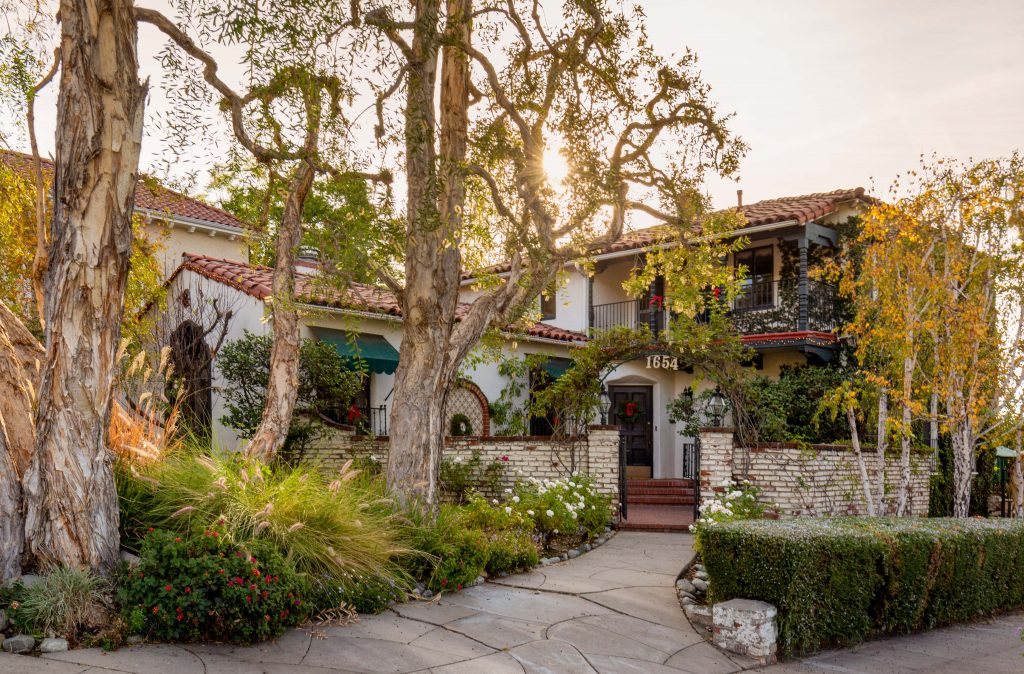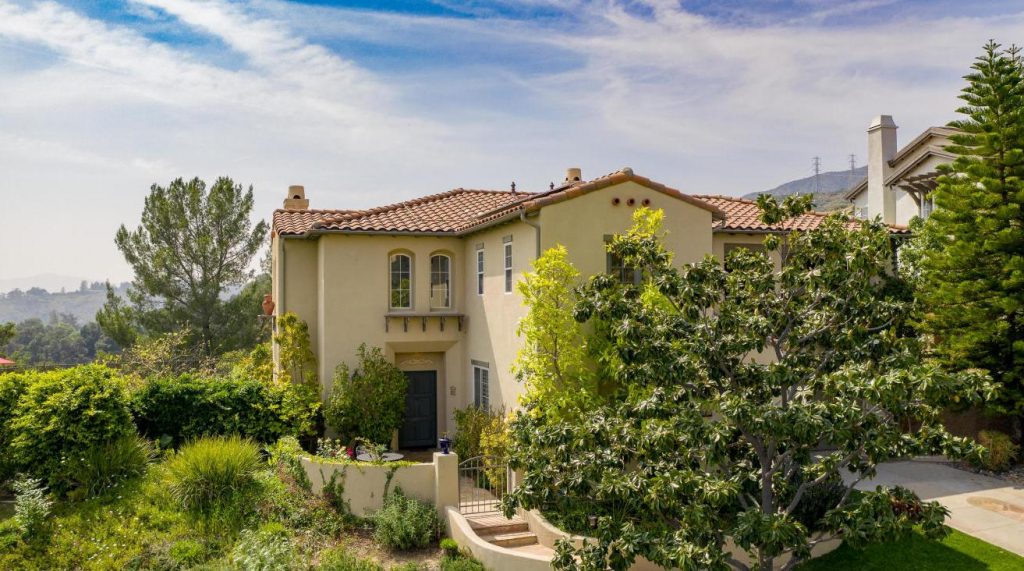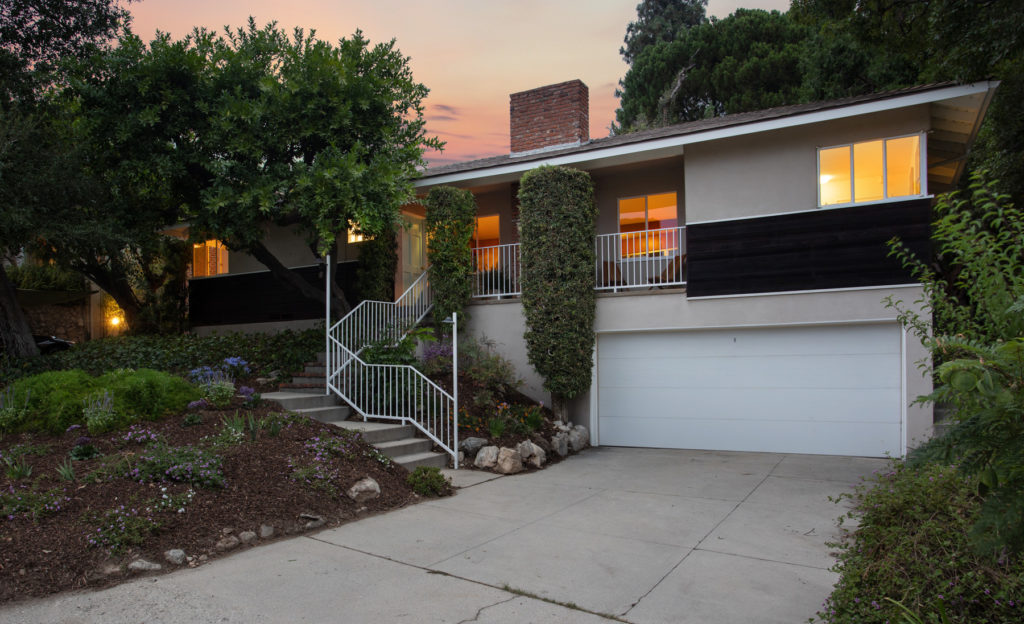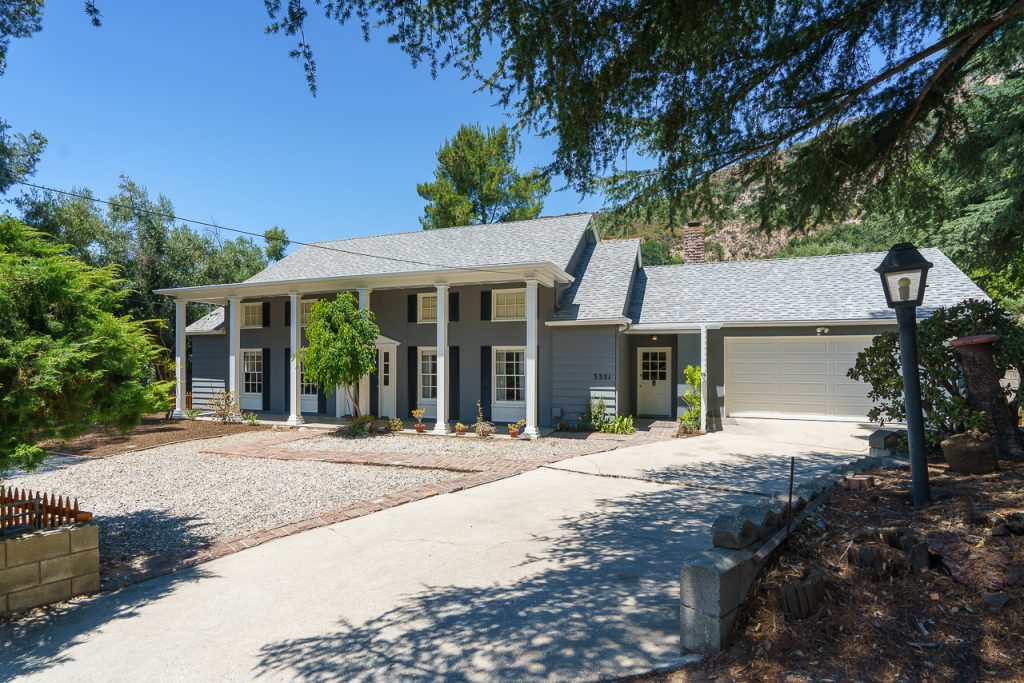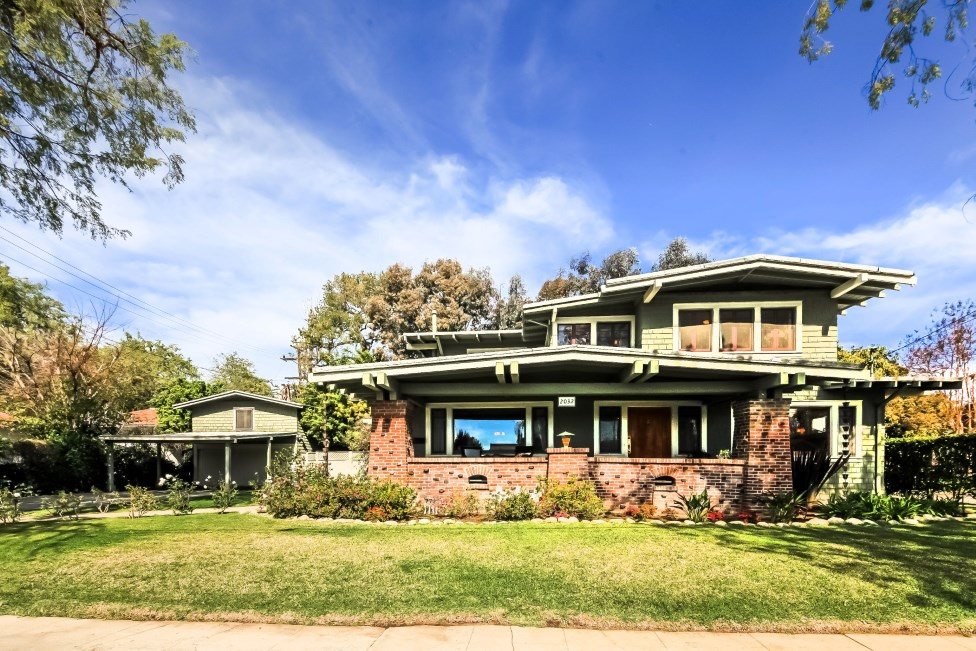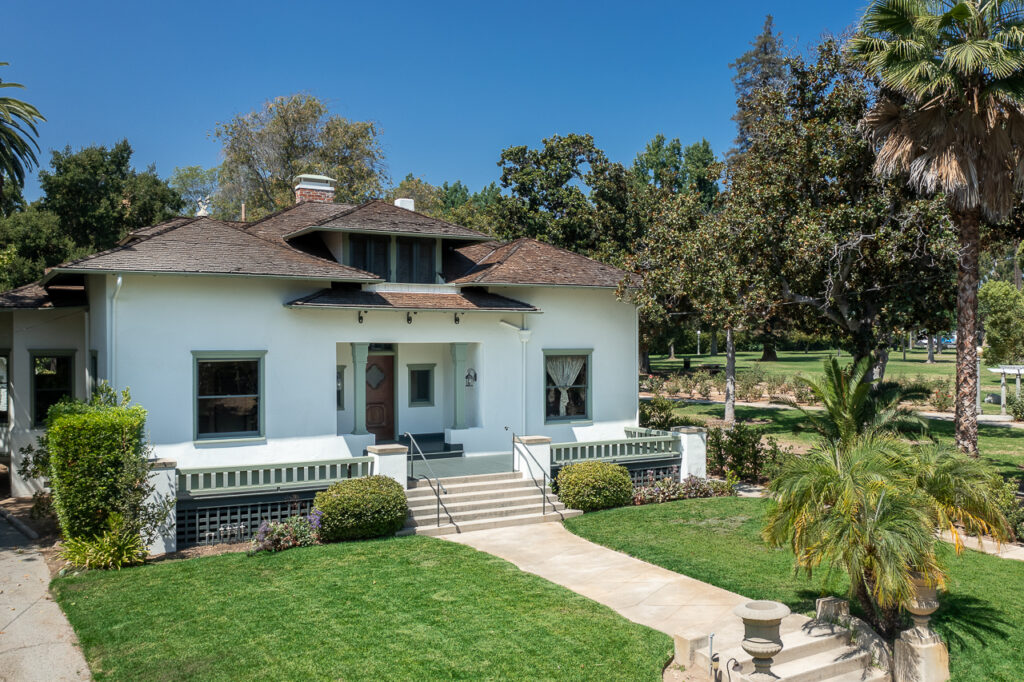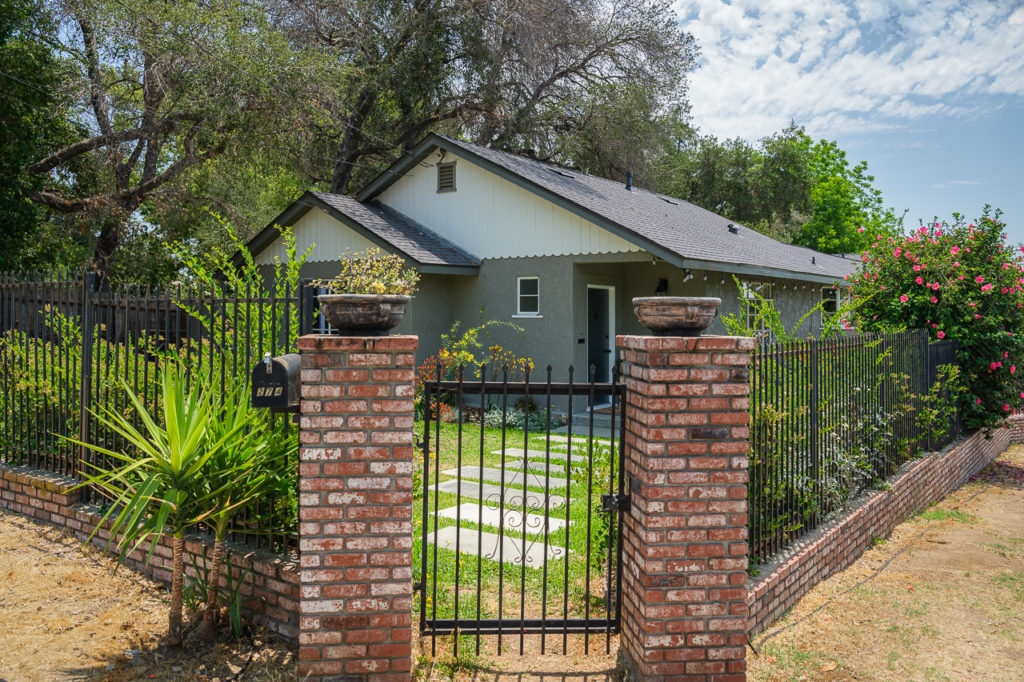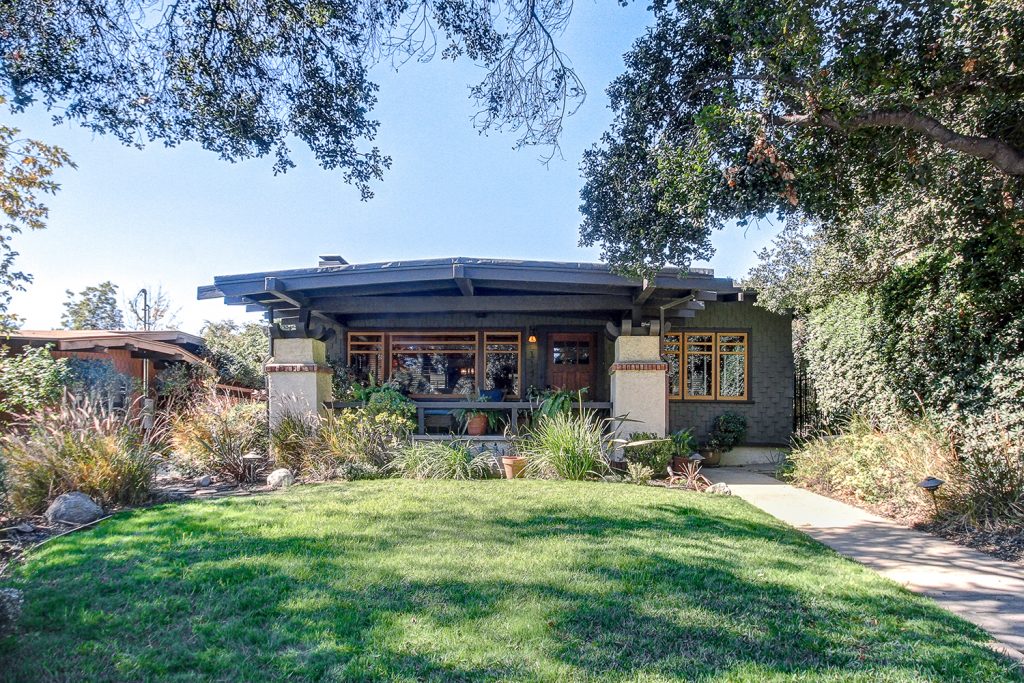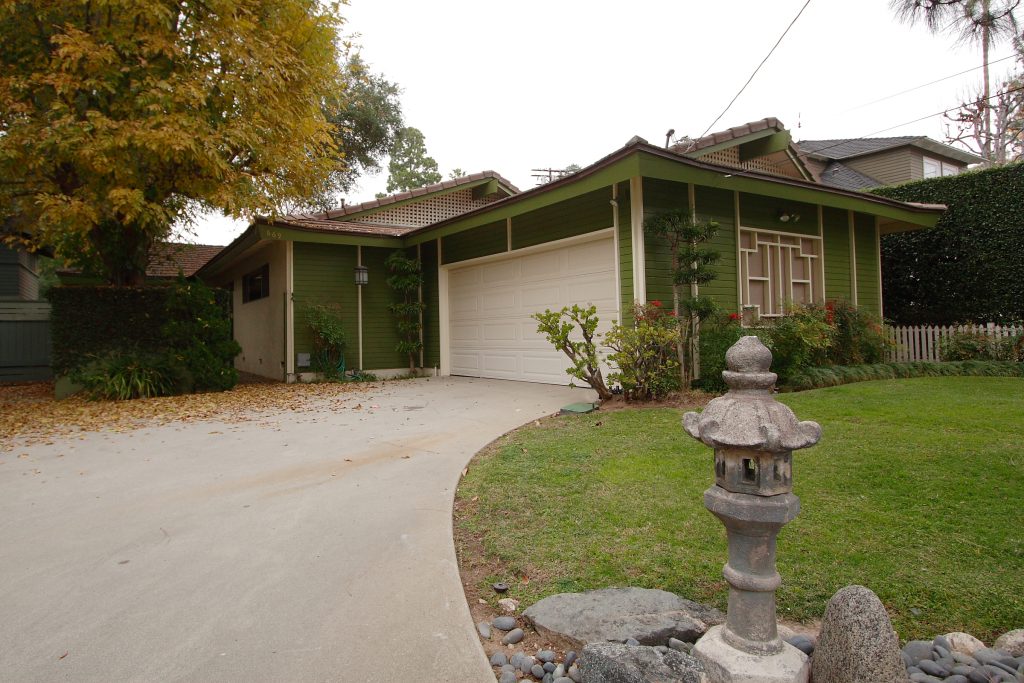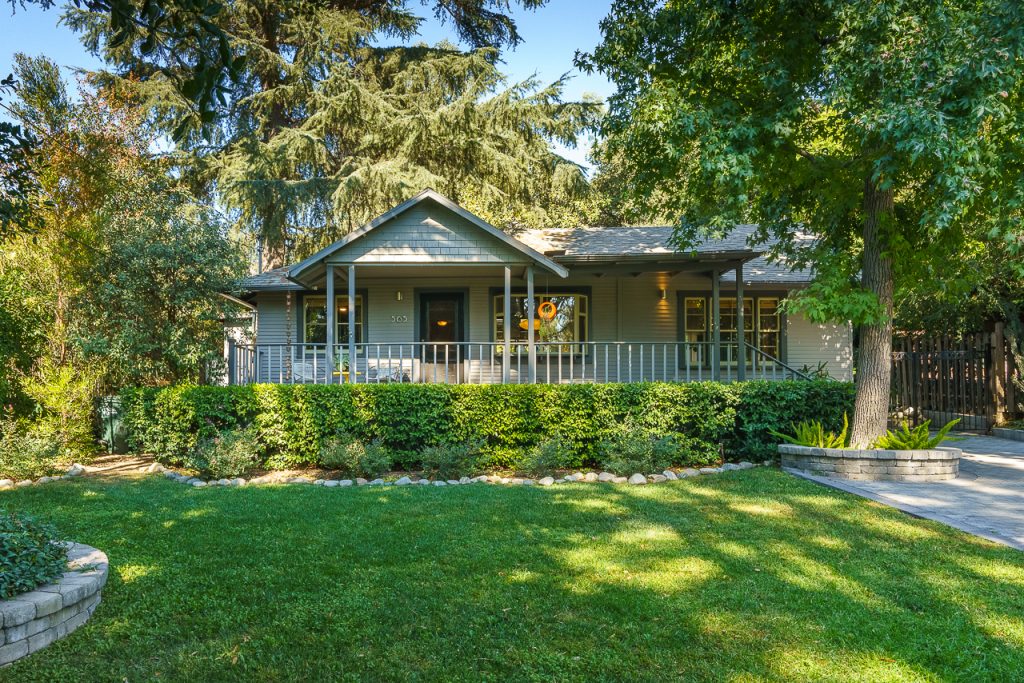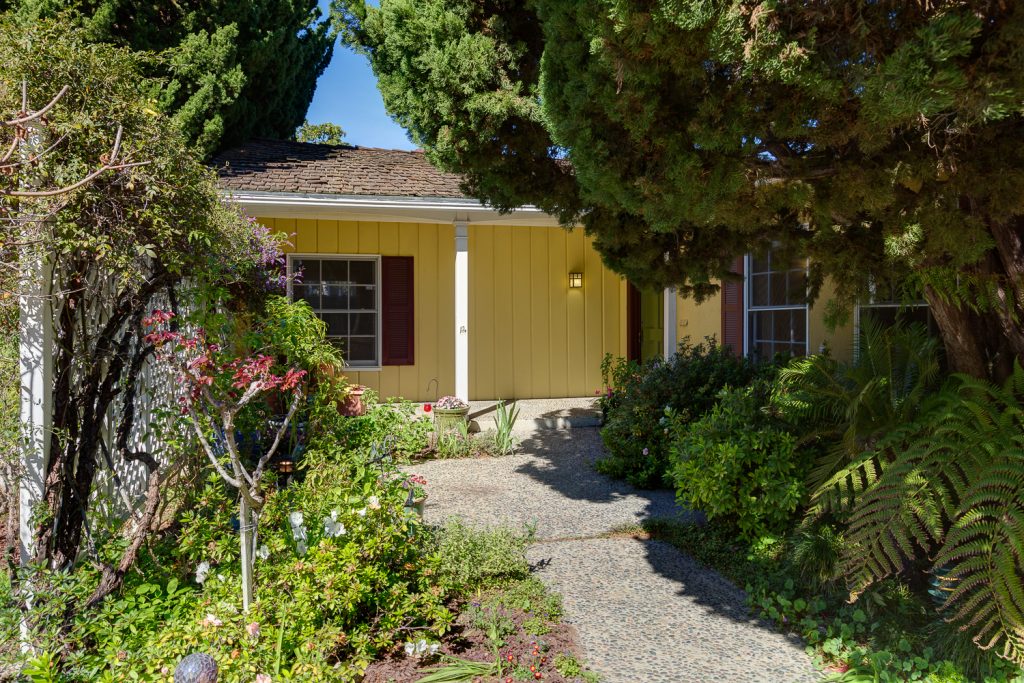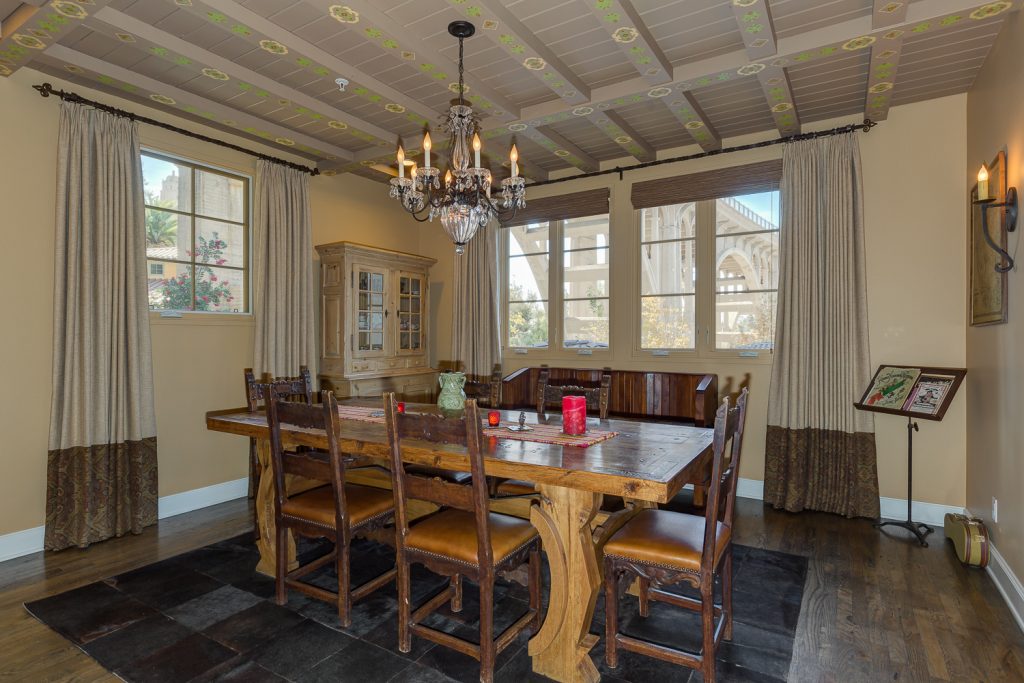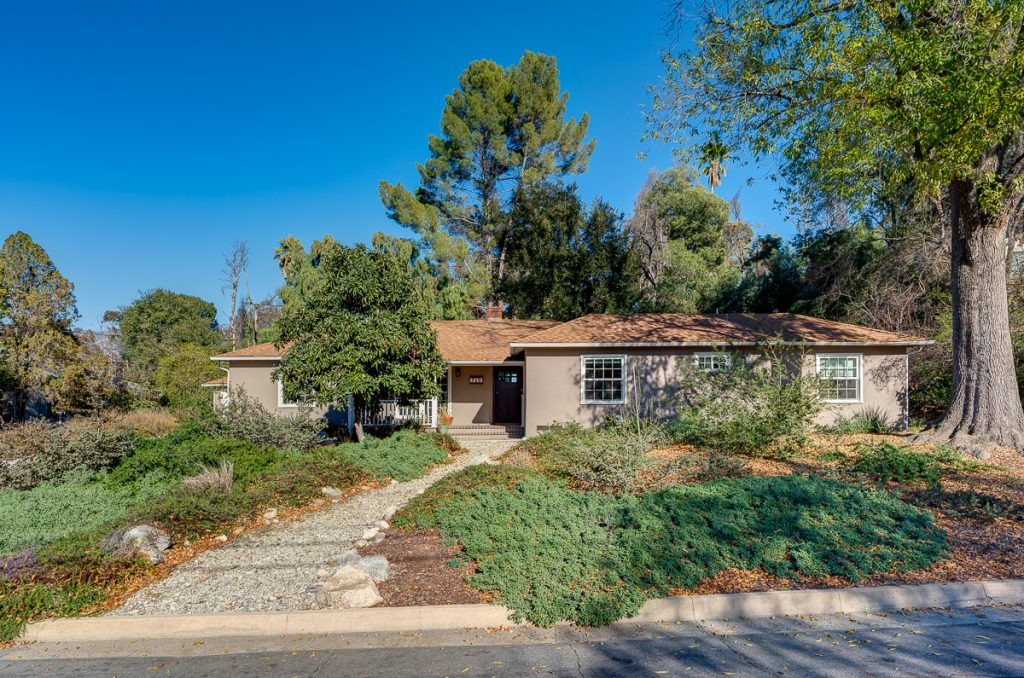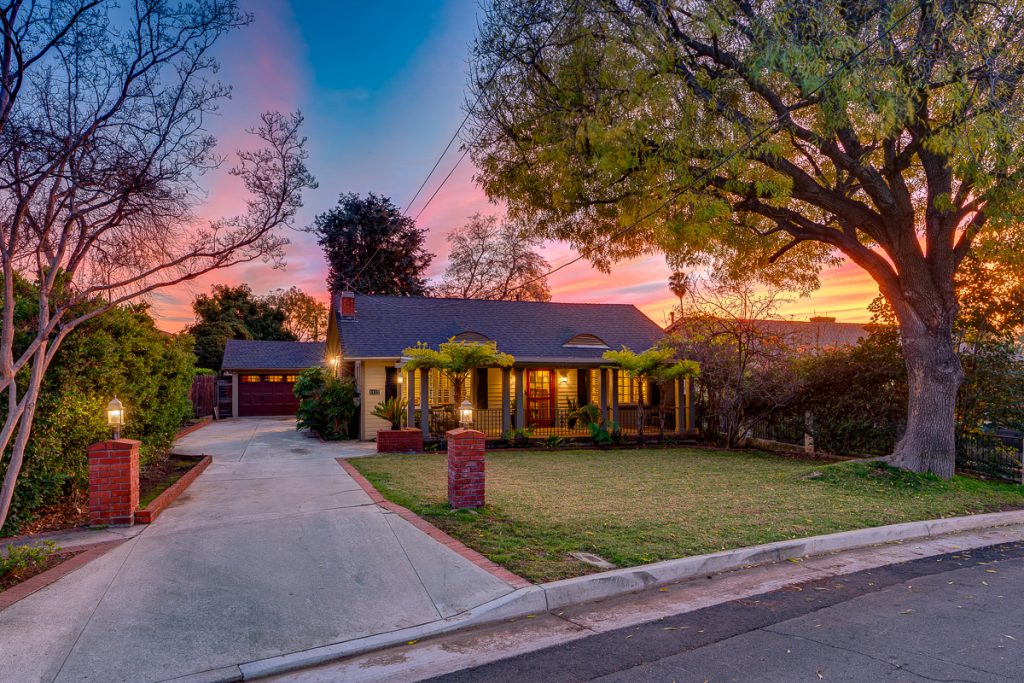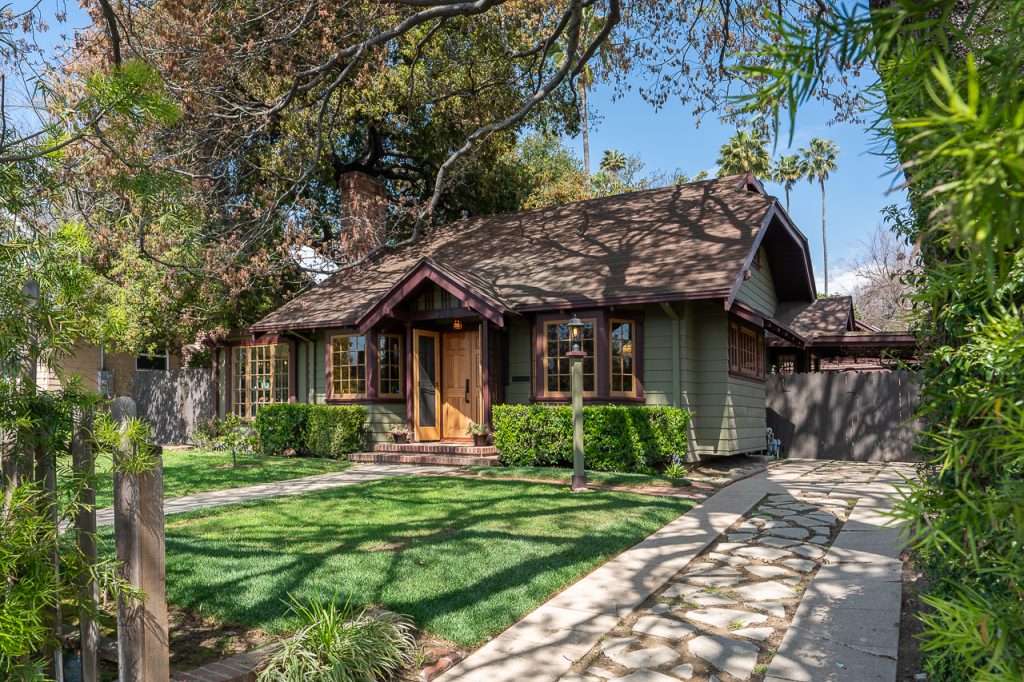Coldwell Banker
388 S. Lake Avenue,
Pasadena, CA 91101
office: 626.797.6500
Email: [email protected]
HARP 2 Refinance Plan A Boost To Borrowers, Banks
The government’s expanded refinance program for underwater homeowners, dubbed HARP 2, looks better than expected for both borrowers and banks.
The Obama administration announced the broad outlines of the plan on Oct. 24. Fannie Mae and Freddie Mac filled in most of the details in guidance bulletins issued late Tuesday.
The new program greatly reduces or eliminates the risk-based fees Fannie and Freddie charge on many loans and virtually eliminates the chance that lenders will have to pay for losses on loans that go into default if they made underwriting mistakes. It also vastly streamlines the underwriting process.
Many borrowers won’t qualify for the new program, but those who do could find it much easier and possibly cheaper to refinance than those who don’t. Although lenders can begin taking applications Dec. 1, it could take several months before the new loans are made. Fannie Mae said it won’t begin buying certain types of refinanced loans until March.
To qualify, your existing loan must have been sold to Fannie Mae or Freddie Mac on or before May 31, 2009. Your loan balance must be more than 80 percent of your home’s market value. You can have no late payments on your existing mortgage in the past six months and no more than one late payment in the past 12 months. You are ineligible if you previously refinanced through HARP.
More lenient
The new program improves on the existing HARP refi program by letting borrowers refinance into a new fixed-rate loan no matter how much they owe. The existing program caps the new loan at 125 percent of the home’s market value.
You can also refinance into a new adjustable rate loan that has a fixed rate for at least the first five years, but in this case your new first mortgage cannot exceed 105 percent of the home’s value.
The new program greatly reduces or eliminates the fees Fannie and Freddie charge on loans based on risk characteristics such as the borrower’s credit score and loan-to-value ratio. On a riskier loan, these fees sometimes exceed 3 percent of the loan balance and make refinancing uneconomical for many borrowers.
Under HARP 2, the fees will be capped at 0.75 percent on most loans and will be zero on fixed-rate loans with a term of 20 years or less.
In most cases, borrowers won’t have to pay for a new appraisal (Fannie or Freddie will use their automated in-house appraisals) or have any particular debt-to-income ratio or credit score.
Borrowers who refinance through their existing loan servicer generally won’t have to document their income or assets or have a particular credit score or debt-to-income ratio. The lender will only have to verify that one borrower on the loan has a job or other source of income, but not the amount of income.
If they refinance through a new lender, they will have to meet additional underwriting requirements, but not as many as people who are refinancing through traditional routes.
2nd mortgages
Borrowers can have a second loan on the house of any amount and still qualify, as long as the holder of the second mortgage resubordinates it to the new loan. Most of the big lenders have agreed to do so, but there is no guarantee they or others will. “It’s going to be case by case,” says Brad Seibel, director of residential lending with Fremont Bank.
If borrowers have mortgage insurance on the existing loan, they must maintain it, but they should be able to transfer that insurance to the new loan at the old premium rate, according to Freddie Mac. The big mortgage insurers have agreed to allow this, but again there is no guarantee all will.
It’s a big plus if they do. Normally refinancers must take out a new policy at today’s rates, and rates have gone up significantly in the past few years. The higher cost has discouraged some homeowners from refinancing.
Although the old HARP program let homeowners take out a new loan of up to 125 percent of the home’s value, many lenders were unwilling to make them up to that limit because if the borrower defaulted, the lender might have to pay for losses if they made any underwriting errors. And no lender wanted to run that risk on a deeply underwater home.
The new program, in many cases, will virtually eliminate the risk that lenders will have to pay for losses on either the existing or the refinanced loan under HARP 2. This could be a big incentive for lenders to refinance loans, especially ones they already own.
FBR analyst Edward Mills said the details on the liability waiver and the fee reduction were both better than he was expecting.
But there are still many questions about the program, such as what interest rates banks will charge, whether they will impose additional fees or underwriting requirements beyond what Fannie and Freddie require and whether investors will be willing to buy securities backed by these new HARP 2 loans.
Most lenders I spoke to said they are eager to make the new loans, but are still digesting the extremely complex details. (You can read Fannie’s guidance at sfg.ly/uFNuOj and Freddie’s at sfg.ly/tUqbdp.)
Mills says the program will definitely reach the government’s target of refinancing 1 million loans, and possibly even 2 million.
Some will suffer
While borrowers will clearly benefit, the losers will be investors who own the guaranteed loans that are refinanced. They will be repaid, but will have to reinvest their proceeds, probably at a lower rate. These investors include Fannie and Freddie, the U.S. Treasury and the Federal Reserve – in other words, U.S. taxpayers.
The hope is that taxpayers as a whole will benefit if homeowners who lower their monthly payments under the program spend some of their savings (thus boosting the economy) and become more likely to stay in their underwater homes and not default.


